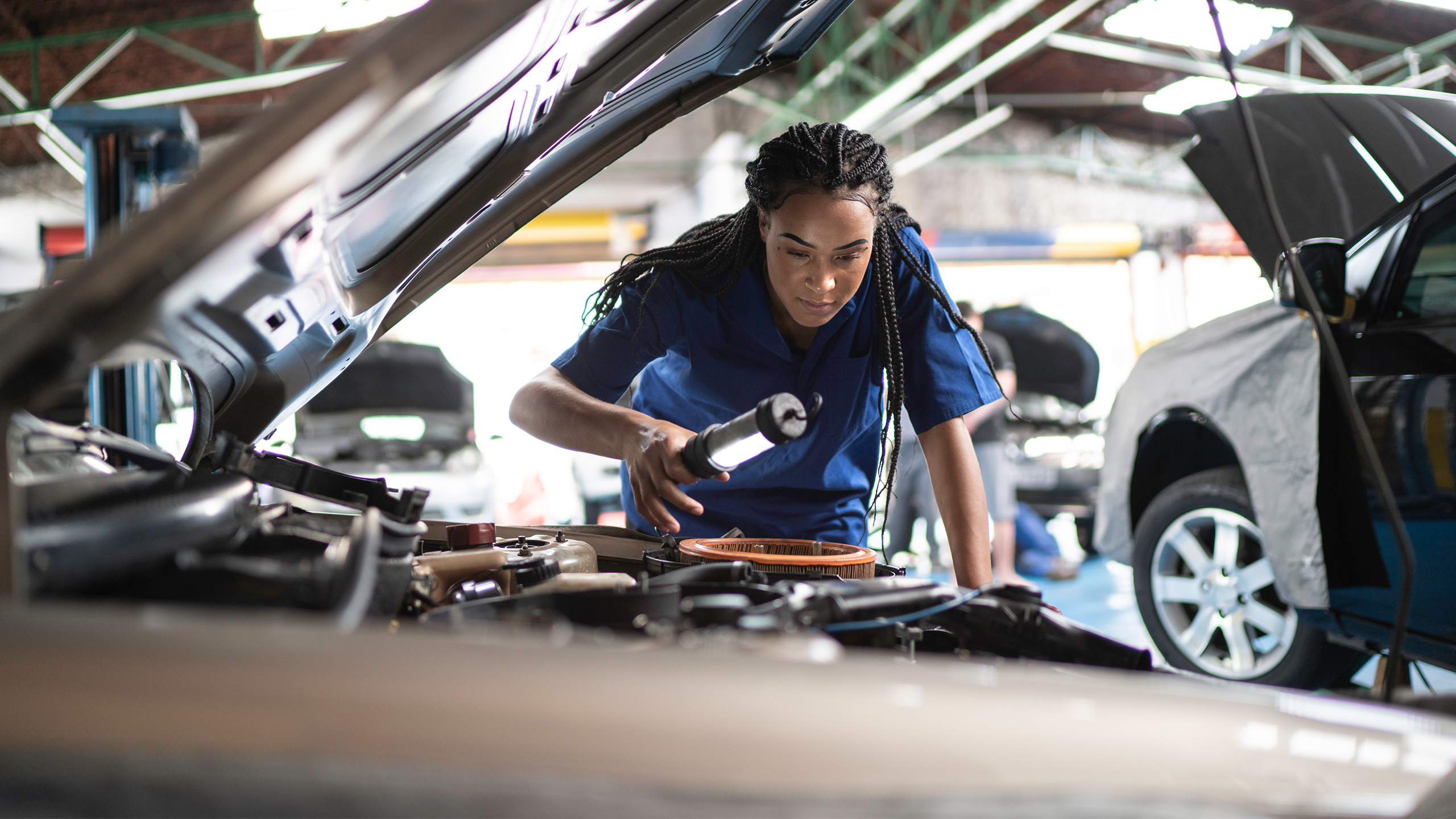
Your car is more than just a means of transportation; it’s a complex machine with numerous components working together to ensure a smooth and safe ride. Regular maintenance and inspections are crucial to keeping your vehicle in top condition and preventing unexpected breakdowns. Among these, a comprehensive car inspection stands out as a thorough examination of various critical components. In this blog, we’ll delve into the key elements inspected during such assessments, shedding light on why they’re essential for your vehicle’s health and your peace of mind.
Engine and Fluids
- The engine is the heart of your vehicle, and its health directly impacts performance. During an inspection, mechanics check for signs of wear, leaks, and proper functioning.
- Fluid levels such as oil, coolant, transmission fluid, brake fluid, and power steering fluid are inspected and topped up if necessary. Clean fluids are essential for lubrication, cooling, and smooth operation of different parts.
Brake System
Brakes are your car’s primary safety feature. Inspection involves checking brake pads, rotors, brake lines, and brake fluid. Worn-out brake pads or leaking brake lines can compromise your ability to stop effectively, posing a significant risk.
Suspension and Steering
- A stable suspension and responsive steering are crucial for control and comfort while driving. Mechanics inspect components such as shocks, struts, tie rods, and ball joints for signs of damage or wear.
- Proper alignment is also checked, as misaligned wheels can cause uneven tire wear and affect handling.
Tires and Wheels
- Tires are the only point of contact between your car and the road, making them critical for safety. Inspections include checking tire pressure, tread depth, and overall condition.
- Wheel alignment and balance are assessed to ensure even tire wear and optimal handling. Damaged or excessively worn tires are replaced promptly to prevent blowouts.
Electrical System
- From the ignition system to lights and accessories, a vehicle’s electrical system plays a vital role. Inspections cover battery health, charging system, wiring, and lights (including headlights, taillights, brake lights, and indicators).
- Faulty electrical components can lead to starting issues, lighting failures, or even electrical fires, making regular inspections essential.
Exhaust System
- The exhaust system not only reduces noise but also directs harmful gases away from the vehicle’s cabin. Inspections check for leaks, corrosion, and proper functioning of the catalytic converter and muffler.
- A damaged exhaust system can lead to decreased fuel efficiency, increased emissions, and exposure to toxic gases.
Fluid Leaks
Fluid leaks, whether oil, coolant, transmission fluid, or others, are indicative of underlying issues that need immediate attention. Inspections aim to identify the source of leaks and address them before they escalate into more significant problems.
Conclusion
A comprehensive car inspection is not just about ticking boxes; it’s about ensuring your safety and preserving the longevity of your vehicle. By meticulously examining key components such as the engine, brakes, suspension, tires, electrical system, exhaust, and fluids, mechanics can identify potential issues early on, saving you from costly repairs and unexpected breakdowns. Investing in regular inspections is an investment in your peace of mind and the reliability of your car on the road. So, the next time you schedule maintenance for your vehicle, consider opting for a comprehensive inspection to keep it running smoothly and safely for miles to come.